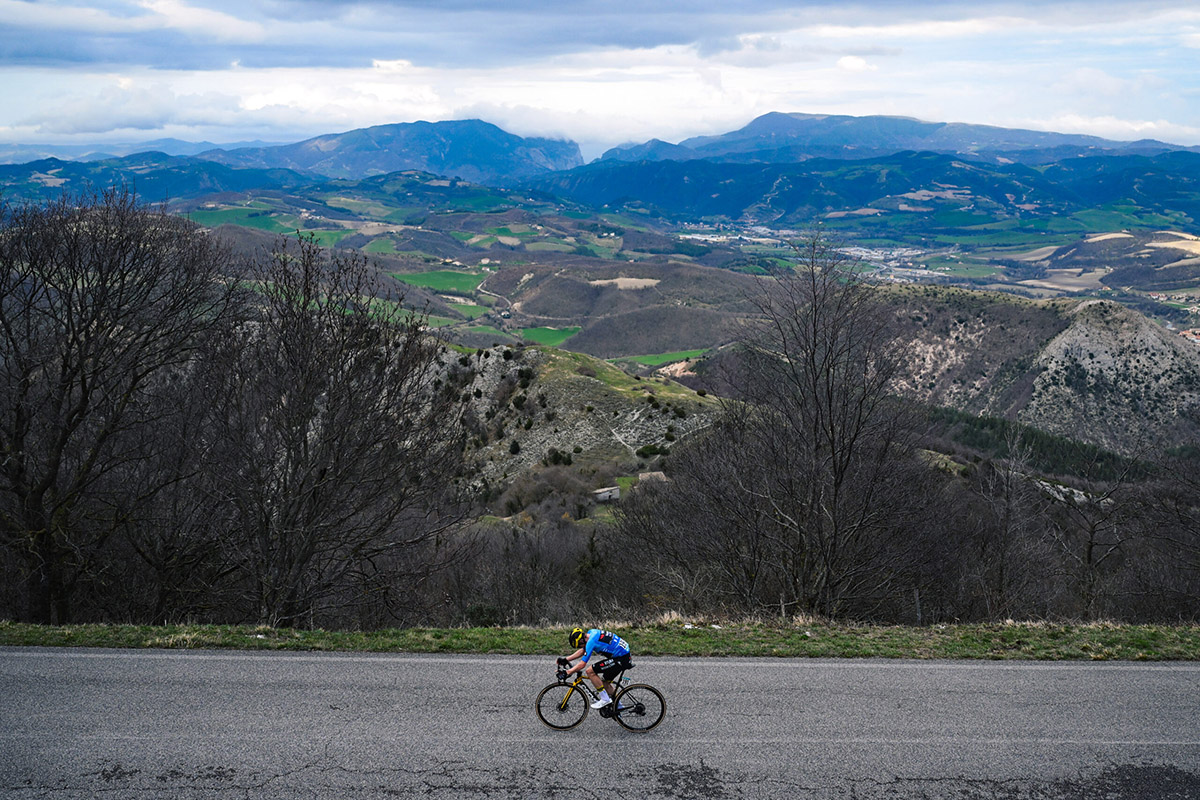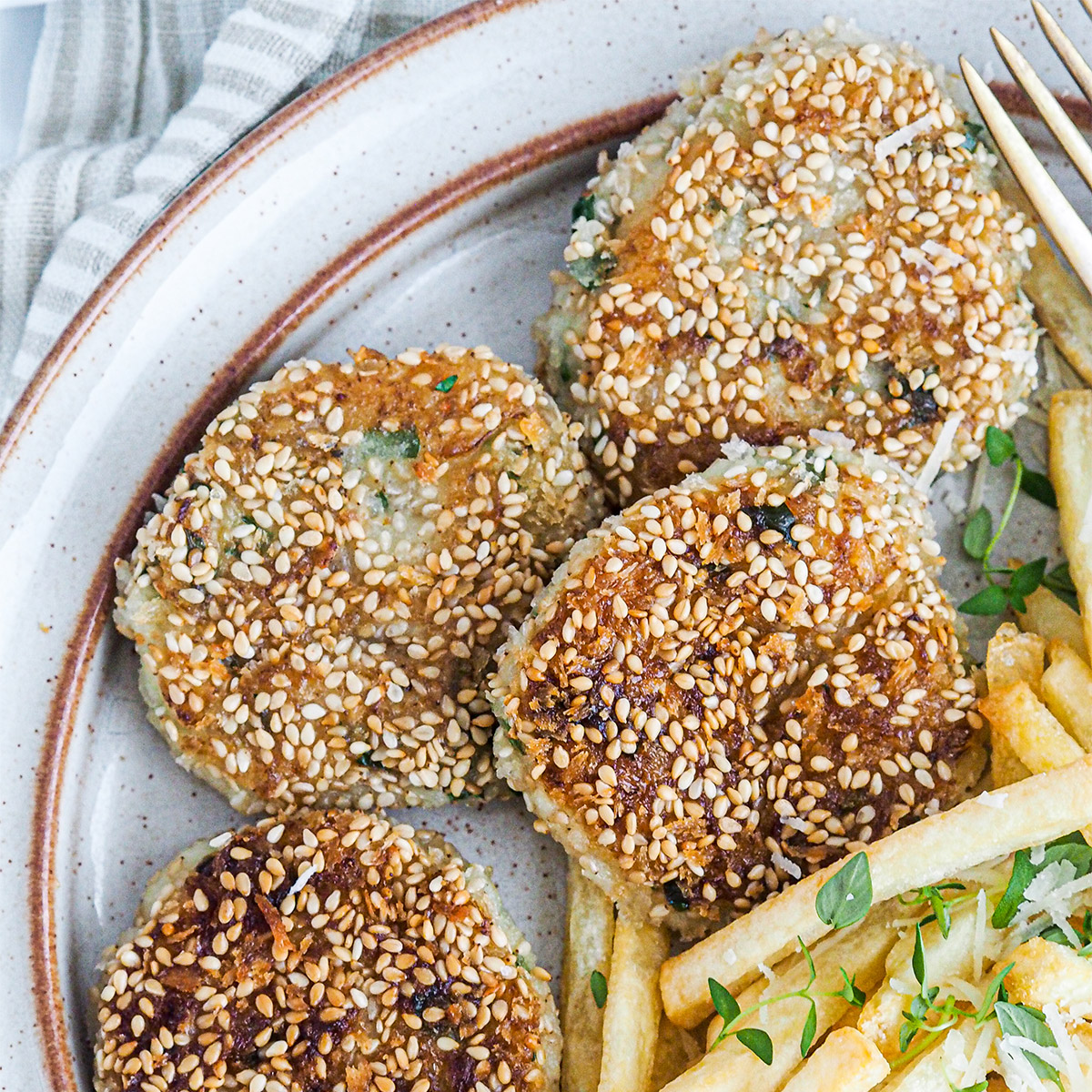TWO DECADES OF COCKTAILS IN COPENHAGEN
Text & Photos: Miriam Gradel
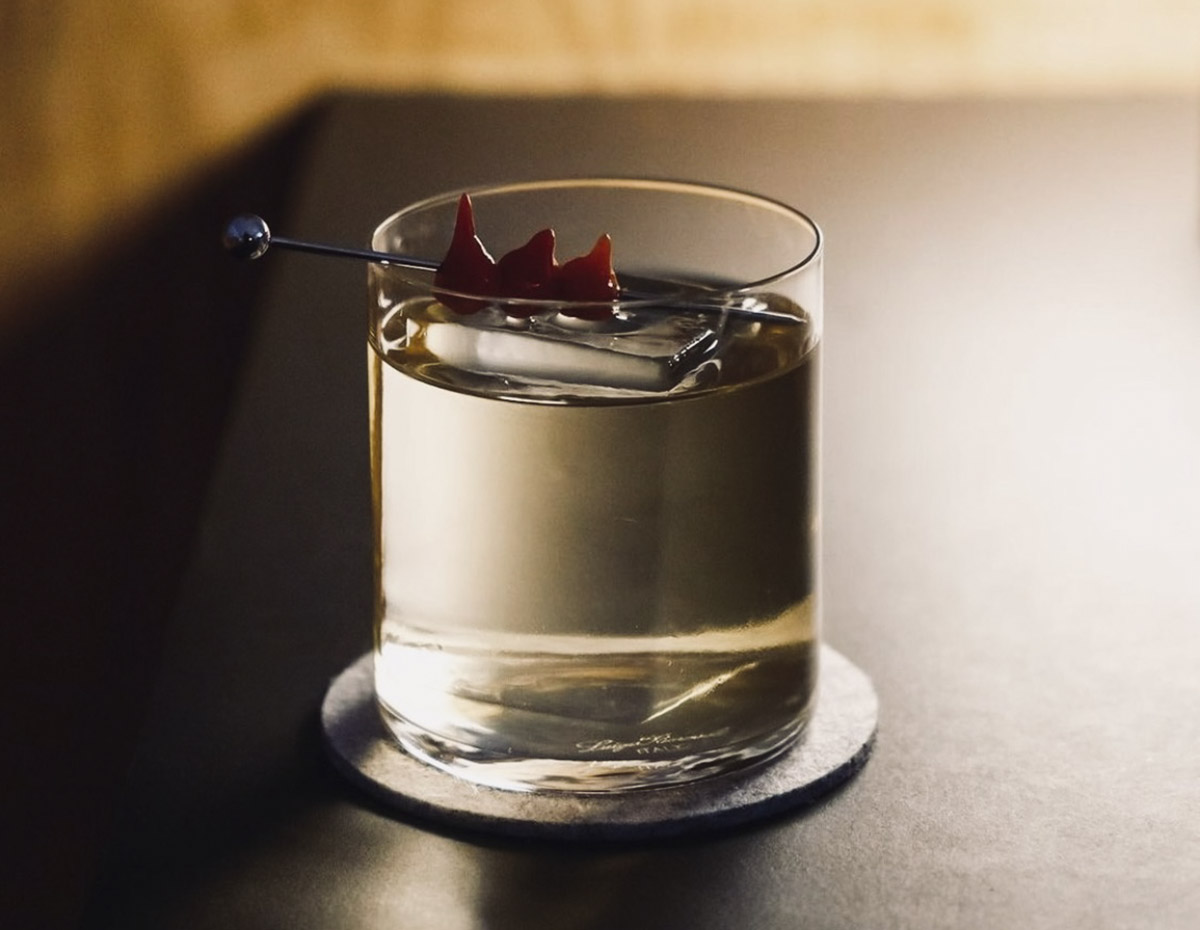
‘Mashrooms’ by Bird. Mushrooms are infused in dry vermouth for two days at room temperature before being filtered and mixed with additional ingredients. Photo: Bird
In March, an international influx of bartenders and foodies descended on Copenhagen for the 13th edition of the Bartender’s Choice Awards – an annual industry awards event that spotlights innovation and quality in the Scandinavian drinks scene. The Danish capital is widely renowned for its gastronomic creativity, but what sets its cocktail culture apart? We headed to Copenhagen to find out.
Copenhagen might be Scandinavia’s best-kept secret when it comes to cocktails. Flourishing entrepreneurship, lenient alcohol laws and a growing food industry have fostered a contemporary cocktail scene here that outstrips those of neighbouring Scandinavian countries. The wheels were set in motion in 2002 – the year the Copenhagen metro ran for the first time, when TV chef Claus Meyer approached a young Rene Redzepi about an idea for a new restaurant, and when the now-renowned K-Bar, followed by Gilt, opened as Denmark’s first modern cocktail bars.
“Back then, we drank mojitos and Strawberry Daiquiris and everything was really fruity,” explains Peter Altenburg, 48, who owned and operated Gilt from 2003 until its closure in 2020. Today he is the proprietor of Bird, a vinyl-spinning cocktail bar in the stylish and leafy neighbourhood of Frederiksberg.
“We were selling the idea of a cocktail bar to the Danish crowd instead of exploring what it can really become,” he says. In those days, the spirit selection, cocktail knowledge and creativity was limited, and service was, according to Altenburg, “something we knew nothing about”. “Bars didn’t have social media or even a website, so inspiration was hard to come by unless you travelled,” he recalls.
Then, in 2007, Ruby was opened by a team of international bartenders. With its classy interior, attention to service and focus on prohibition classics such as the Old Fashioned and Martini, Ruby challenged and radically changed the Danish notion of a cocktail bar.
Afterwards, the Copenhagen cocktail scene went from “utterly hopeless” to “more professional”, says Altenburg. “Bartending became serious and reading books about cocktails became a fundamental part of operating a bar,” he explains.
The New Nordic cocktail
As the New Nordic movement grew, its influence spilled over into the growing cocktail scene. When a group of international food writers visited the city for the annual Copenhagen Cooking event in 2009, Gilt was included in the tour, and Altenburg was suddenly tasked with mixing a cocktail that would live up to the expectations of the Noma-dining aficionados.
According to Altenburg, conventional cocktail-making is two-dimensional and aimed at balancing sweet and sour flavours with alcohol. With the New Nordic approach, lime and lemon were out of the question. “The dogma was to only use local ingredients,” he explains. “We had to consider how to incorporate local herbs, flowers and fruits. This changed our approach, and we began focusing on the subtleness of flavours and how to layer them in a drink.”
The cocktail Altenburg mixed at Gilt was a success, and in 2012, he was invited to Manhattan Cocktail Classic to present The New Nordic Cocktail. “It was a matter of not using any citrus, a mantra that I abide by to this day,” says Altenburg. “There is no sense in using local ingredients and then sourcing citrus from elsewhere in the world. Sourness is achievable without citrus – though different ingredients will present a different expression.” The minimalism of the New Nordic cocktail proved fruitful. The switchup of ingredients, however, never quite became an industry standard in Denmark. As Altenburg puts it: “once you’ve had the real thing, it’s pretty hard to sell the idea of a Margarita made with seabuckthorn.”
The sourdough starter of cocktails
The New Nordic cocktail may have been shortlived, but it laid the foundation for the next generation of bars. “What Noma was to the food scene, Ruby was to the cocktail industry,” says Kasper Riewe-Høgh, 39, owner of the Vesterbro-based bar Duck and Cover. As a former Ruby bartender, Riewe-Høgh is part of a generation of industry professionals who sought to make cocktails more inclusive and approachable.
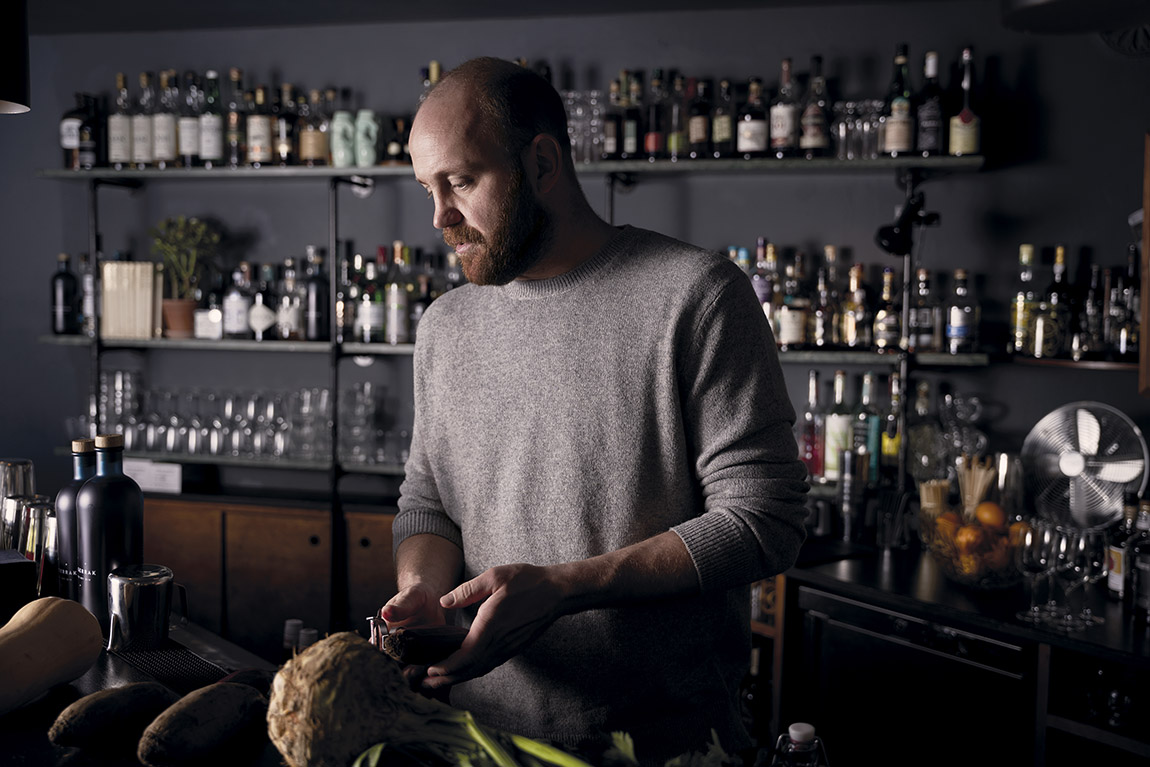
What started as a five-year project turned into a ten-year anniversary in 2023. Kasper Riewe-Høgh (pictured) also produces non-alcoholic canned beverages, leaving most of the cocktail innovation these days to his team.
While at Ruby, Riewe-Høgh understood that “the focus of the industry had shifted”: guests had been sidelined, cocktails signalled exclusivity, and the bartender had become the centerpiece. Unanimous opposition to this trend amongst a group of bartenders culminated in a wave of new independent bars focused on quality ingredients and down-to-earth service – most of which are still open today.
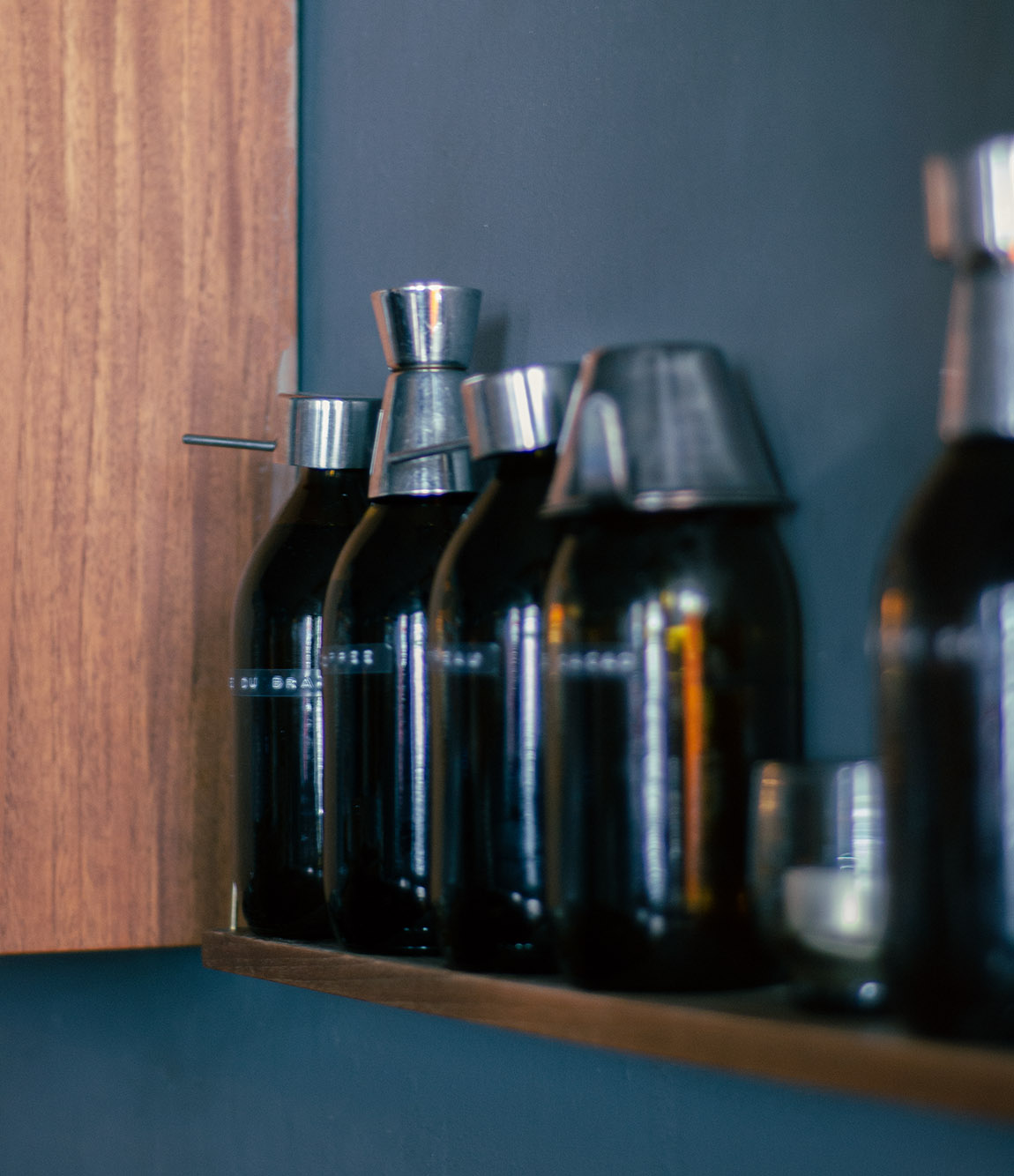
Most concoctions at Duck and Cover are homemade to best preserve seasonal flavours and ensure consistency in a sustainable manner. The collection of jiggers both ensures accuracy and brings novelty to the bar interior.
“The way bars have developed in Denmark has almost been handheld,” explains Altenburg. “The best bars have all come from a small bag of money, enthusiasm and individual dedication.” In addition, a thriving local spirits market leaves bars free to curate their selection, contemplate menus and work with alternative dynamics for service and selection.
By comparison, bars in Stockholm and Oslo are often backed by corporate investments and limited by licensing rules that leave little space for out-of-the-box thinking. But despite the creative freedom they enjoy, Danish bars remain invisible in global rankings. “We have plenty of quality bars that can compete internationally, but the ambition to do so has been missing,” says Altenburg. In addition, innovation has been stunted in recent years: new bars continue to emerge, but few embody the same talent and thirst for radical change as the Duck and Cover generation. In addition, female professionals are scarce.
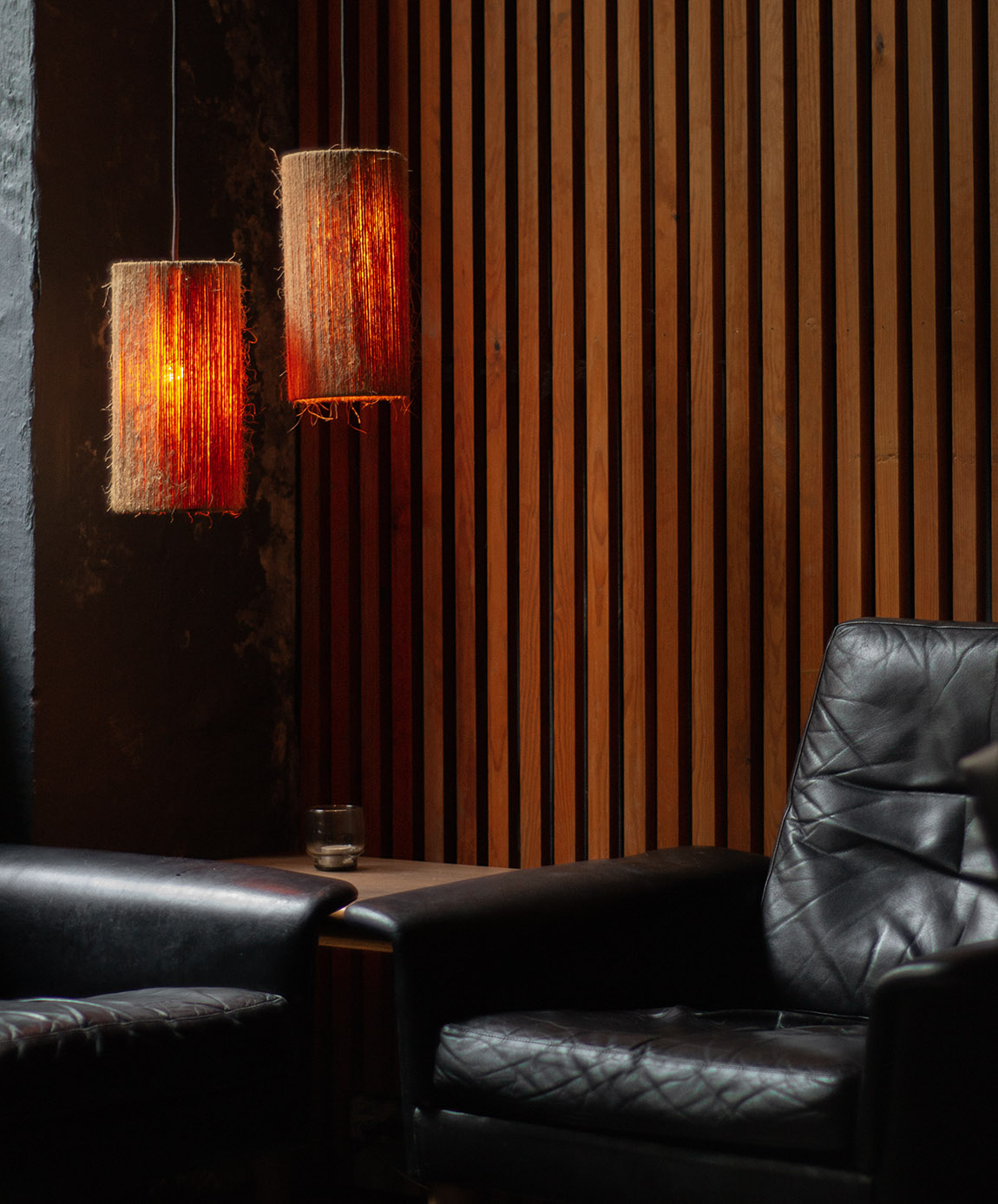
Most of Duck and Cover’s interior consists of Danish design items from the 1960s and mimics the home of owner Kasper Riewe-Høgh’s grandparents in West Jutland.
“The industry is challenged in terms of working conditions,” says Riewe-Høgh. “But it has become more important and more outspoken than it was in my generation.” Altenburg agrees: “We need to make bartending more holistic. We have strong attitudes towards what we serve and our guests, but we don’t consider the wellbeing of our employees outside of service. We need a standard, so that our industry can be taken seriously once and for all,” he says, adding that “the next generation isn’t just failing, it’s missing altogether.”
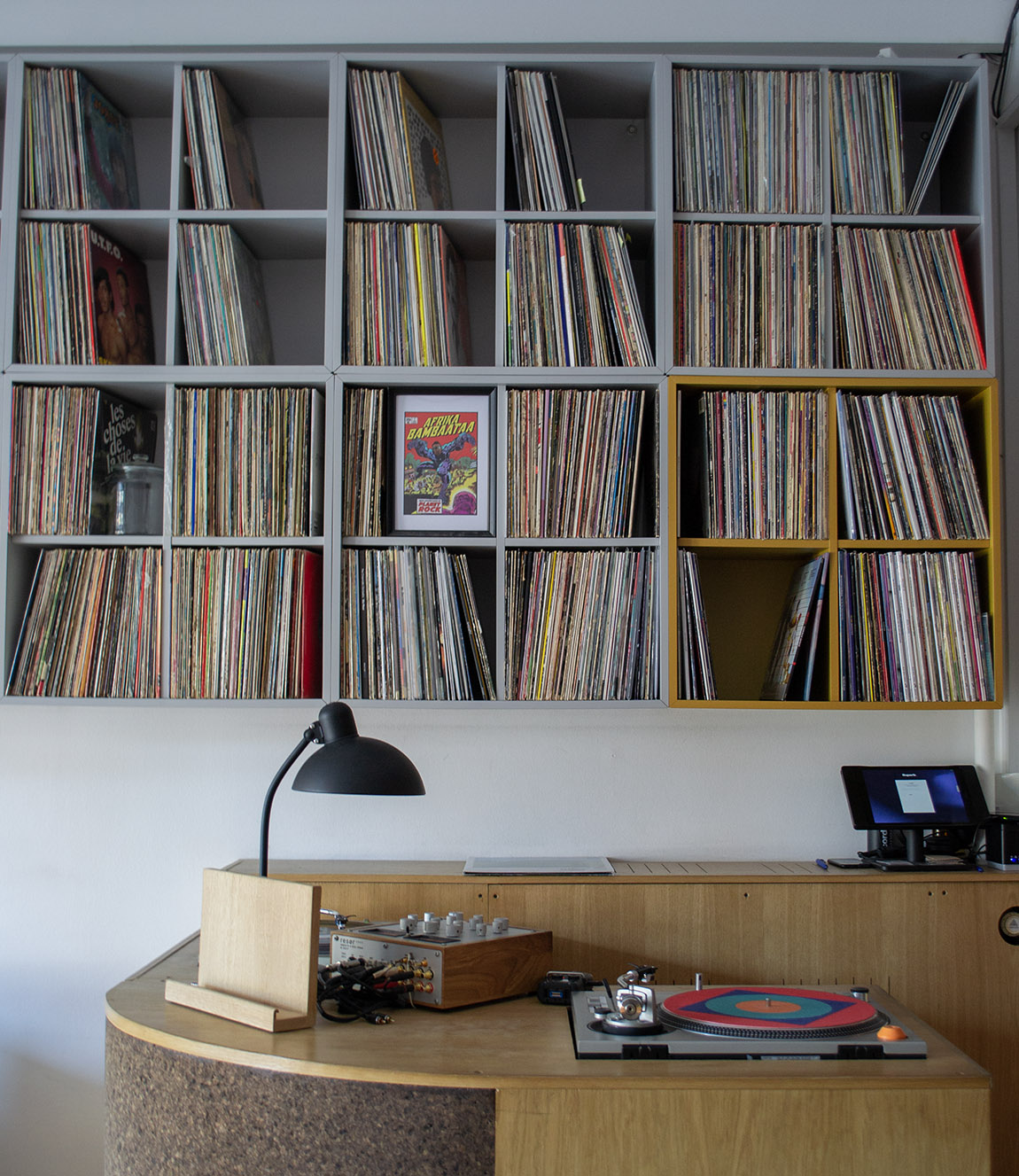
Visiting DJs are free to use the on-site collection of vinyl, or bring their own.
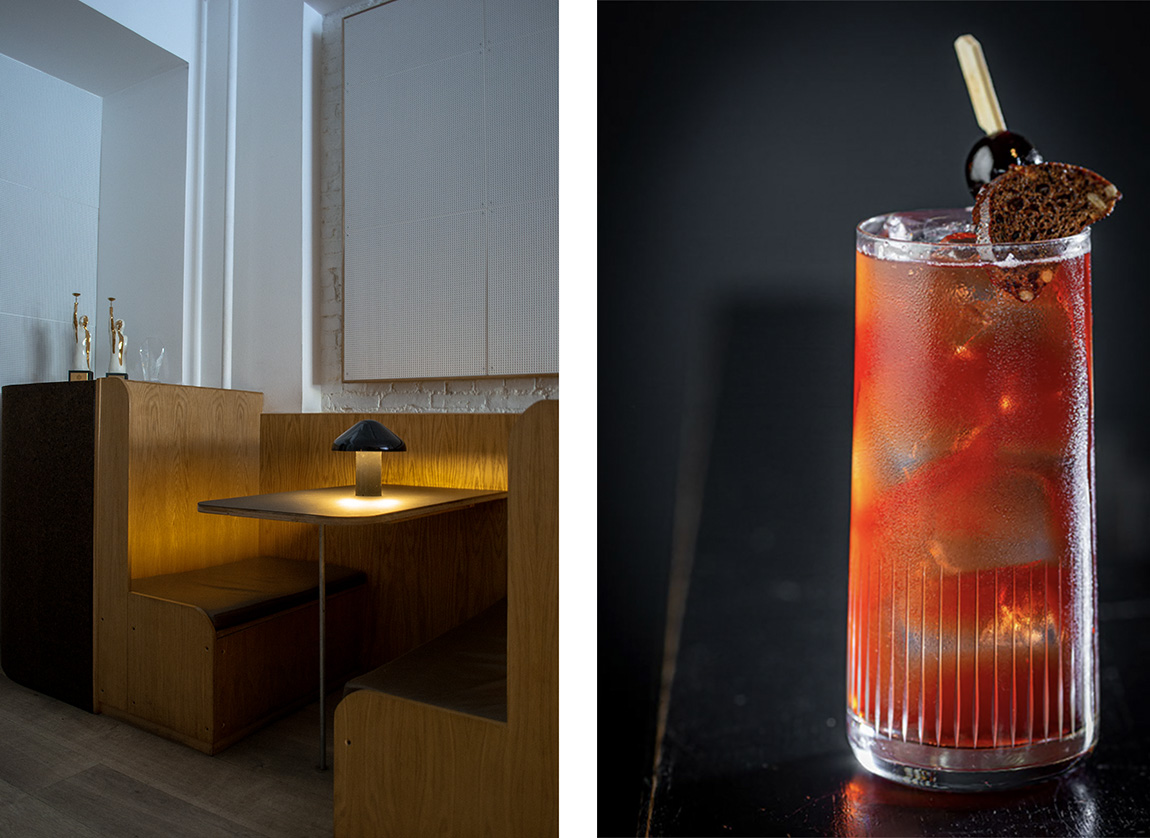
Left: Booths create an intimate space, while the tall ceilings still leave an open and inclusive atmosphere. Right: This seasonal long drink from Duck and Cover comes from an all-aquavit cocktail menu and includes homemade cherry brandy, cherry shrub, Danish bitter and soda. The drink is served with a piece of dried rye bread because “rye and cherry in combination are brilliant,” says Riewe-Høgh.
This begs the question – what’s next for the Copenhagen cocktail industry? The planned closure of Noma is a signifier of a food scene that has exhausted its capacity for innovation in the kitchen. In the restaurant bar, however, cocktails are receiving more attention and increasingly, even Michelin-star venues are shifting their focus away from wine lists. The momentum for a mixed-drinks renaissance is here – whether the cocktail industry is ready to lead it remains to be seen.
Subscribe to Our Newsletter
Receive our monthly newsletter by email

